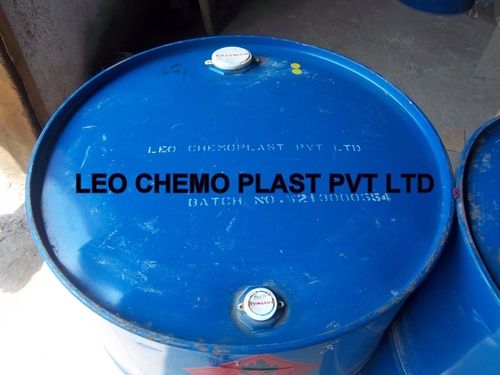Methyl acrylate
Product Details:
X
Product Description
Methyl acrylate is an organic compound, more accurately the methyl ester of acrylic acid. It is a colourless liquid with a characteristic acrid odor. It is mainly produced to make acrylate fiber, which is used to weave synthetic carpets.[5] It is also a reagent in the synthesis of various pharmaceutical intermediates.
Methyl acrylate is after butyl acrylate and ethyl acrylate the third most important acrylic ester with a worldwide annual production of about 200,000 tons per year.[15]
Methyl acrylate reacts catalysed by Lewis bases in a Michael addition with amines in high yields to -alanine derivatives which provide amphoteric surfactants when long-chain amines are used and the ester function is hydrolysed subsequently.
Methyl acrylate is used for the preparation of 2-dimethylaminoethyl acrylate by transesterification with dimethylaminoethanol in significant quantities of over 50,000 tons / year.[16]
Methyl acrylate is used as a comonomer in the polymerization with a variety of acrylic and vinyl monomers. In doing so it has a similar range of uses as ethyl acrylate.[17] When using methyl acrylate as comonomer resulting acrylic paints are harder and more brittle than those with the homologous acrylates. Copolymerizing methyl acrylate with acrylonitrile improves their melt process ability to fibers, which could be used as precursors for carbon fibers.[18]
Acrylates are also used in the preparation of poly (amidoamine) (PAMAM) dendrimers typically by Michael addition with a primary amine.
Methyl acrylate is the precursor to fibers that are woven to make carpets.
Owing to its tendency to polymerize, samples typically contain an inhibitor such as hydroquinone.
Methyl acrylate is after butyl acrylate and ethyl acrylate the third most important acrylic ester with a worldwide annual production of about 200,000 tons per year.[15]
Methyl acrylate reacts catalysed by Lewis bases in a Michael addition with amines in high yields to -alanine derivatives which provide amphoteric surfactants when long-chain amines are used and the ester function is hydrolysed subsequently.
Methyl acrylate is used for the preparation of 2-dimethylaminoethyl acrylate by transesterification with dimethylaminoethanol in significant quantities of over 50,000 tons / year.[16]
Methyl acrylate is used as a comonomer in the polymerization with a variety of acrylic and vinyl monomers. In doing so it has a similar range of uses as ethyl acrylate.[17] When using methyl acrylate as comonomer resulting acrylic paints are harder and more brittle than those with the homologous acrylates. Copolymerizing methyl acrylate with acrylonitrile improves their melt process ability to fibers, which could be used as precursors for carbon fibers.[18]
Acrylates are also used in the preparation of poly (amidoamine) (PAMAM) dendrimers typically by Michael addition with a primary amine.
Methyl acrylate is the precursor to fibers that are woven to make carpets.
Owing to its tendency to polymerize, samples typically contain an inhibitor such as hydroquinone.
Enter Buying Requirement Details






